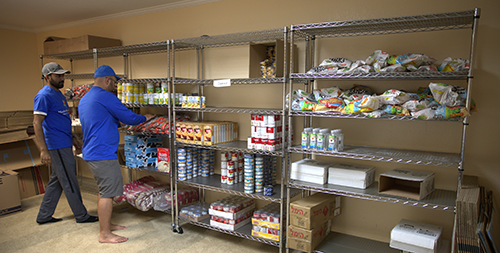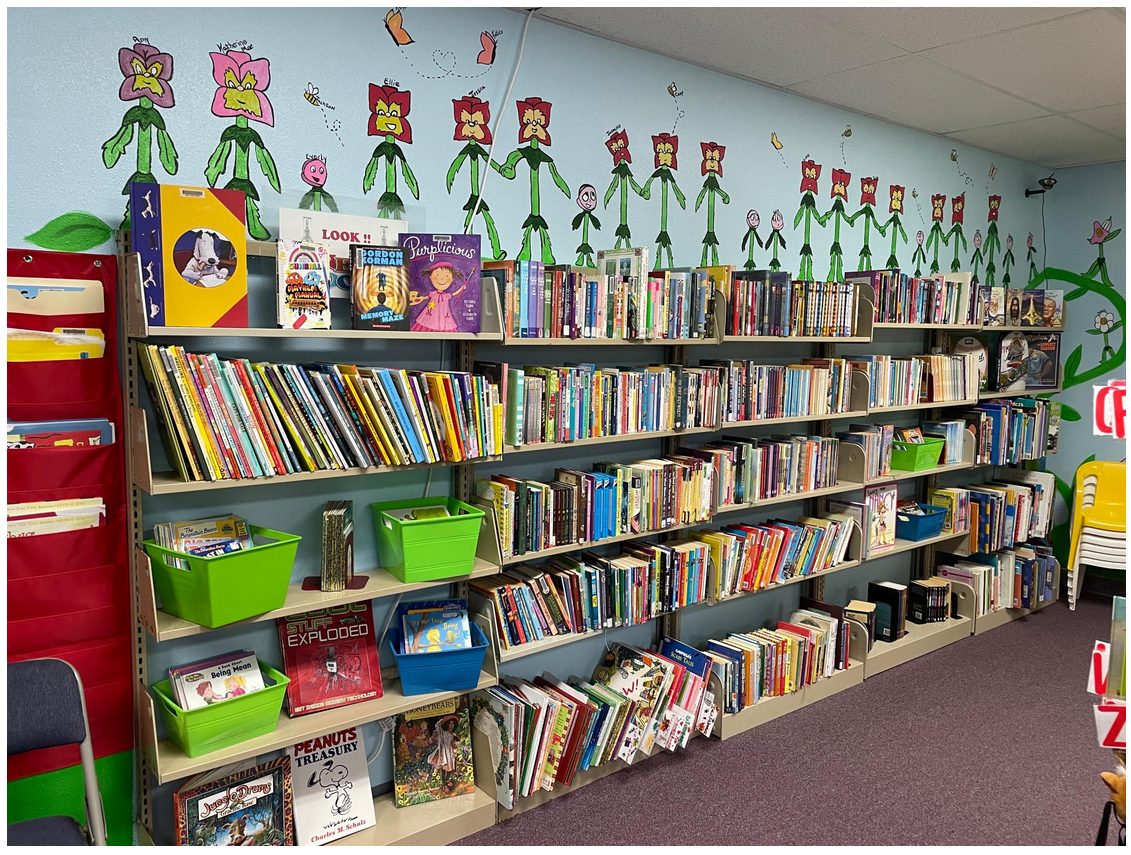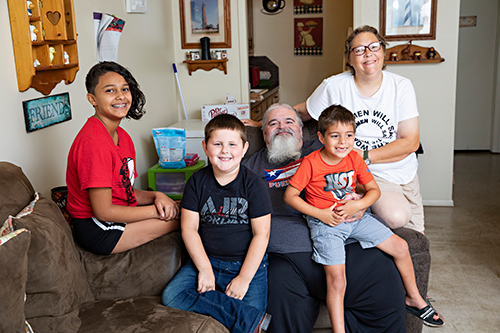

Food insecurity, defined by the USDA as a lack of consistent access to enough food for every person in a household to live an active, healthy lifestyle, is a pervasive issue in Arkansas.
According to Feeding America, 16% of households in the state are food insecure. This percentage can differ greatly based on county and race/ethnicity. The chart below shows disparities in the State of Arkansas and its five most populated counties.

Learning to read is one of the most important outcomes of early childhood. Children who can read on grade level by 3rd grade are more likely to experience success in school and positive outcomes later in life . A variety of factors either prepare children for reading success or make it more difficult for them to get on track. In this StoryMap, we explore children's reading levels in Arkansas, and the status of those key factors, including parental reading and the availability of quality childcare.

ALICE stands for Asset Limited, Income Constrained, Employed. These are families and individuals who work but have lower incomes and therefore struggle to make ends meet. While they live above the federal poverty level, they are often unable to afford basic needs such as food, housing, childcare, healthcare, and transportation. The ALICE effort compares incomes with the minimum income needed to cover basic needs (the ALICE threshold). ALICE provides a better indication of how many households are struggling than the federal poverty level, which was created in the 1960s and tied mainly to food costs.